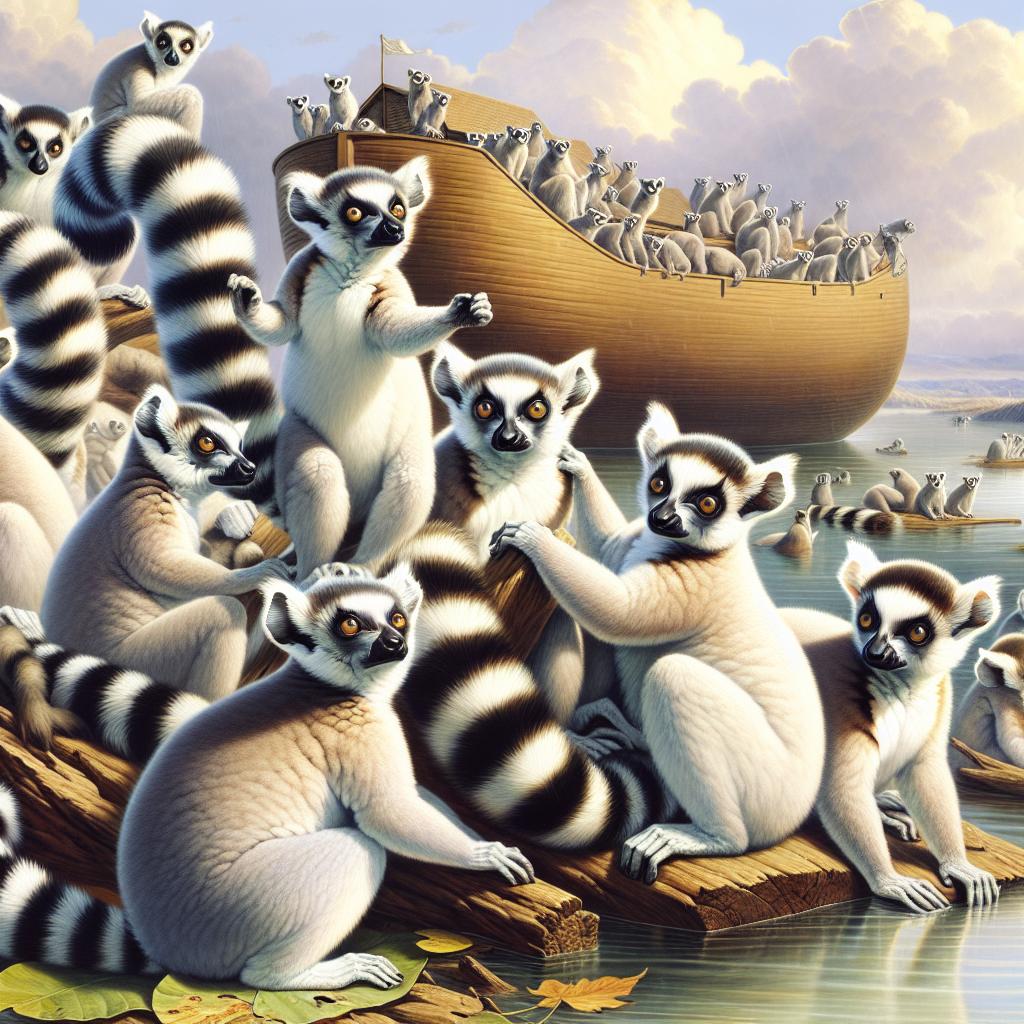
Divine Lessons from Hitch-Hiking Lemurs: Unveiling God's Creation
Published: 15 May 2024
Hitch-Hiking Lemurs
Madagascar, a large island located about 400 kilometers (250 miles) off the coast of Africa, is home to a variety of lemurs. These primates, classified with apes, monkeys, and humans, include both fossil and living species. Among them is the largest lemur, weighing up to 400 pounds (180 kilograms) and comparable in size to a modern adult gorilla.
Previously, it was believed that lemurs arrived in Madagascar before the island separated from Africa. However, to align with the evolutionary timeline, scientists now propose that Madagascar was already in its present location when these creatures arrived.
This raises a significant question: how did lemurs manage to cross the vast expanse of deep ocean? This challenge is similar to the one often posed against creationists regarding how animals, particularly large mammals, could have traversed bodies of water during post-Flood migration. The existence of land bridges during an ice age would address some issues for both perspectives.
However, in the case of Madagascar, it seems unlikely that a land bridge existed. Consequently, scientists suggest that the ancestors of today's lemurs reached the island by "rafting" on floating masses of vegetation across the Mozambique Channel from Africa.
Some lemurs were slow-moving and sloth-like, which means their journey as ocean passengers may have taken less time than it would have taken them to travel by land.
If creationists had proposed that 400-pound mammals hitched a ride across hundreds of miles of open sea on massive floating islands, such an idea would likely have been met with ridicule. However, the acknowledgment of such transport possibilities by evolutionists is a significant concession that can contribute to future discussions about animal dispersion after Noah's Flood.
Why This Matters
The question of how lemurs arrived in Madagascar is not merely an academic one. It has implications for both evolutionary and creationist viewpoints. Understanding the mechanisms by which lemurs crossed the ocean helps shed light on the broader issue of animal migration. Additionally, it highlights the need to critically evaluate scientific claims and consider alternative explanations, such as the biblical account of Noah's Flood.
Think About It
-
How does the idea of lemurs rafting across the ocean challenge the traditional narrative of land bridges facilitating animal migration?
-
What are some other examples in nature where animals have been transported across bodies of water?
-
Consider how this research impacts your understanding of the possibilities for animal dispersion after Noah's Flood.
